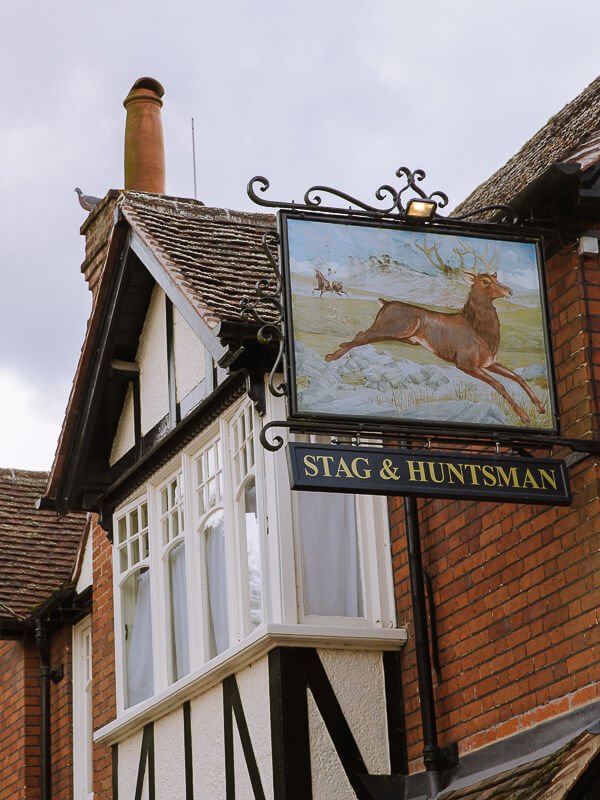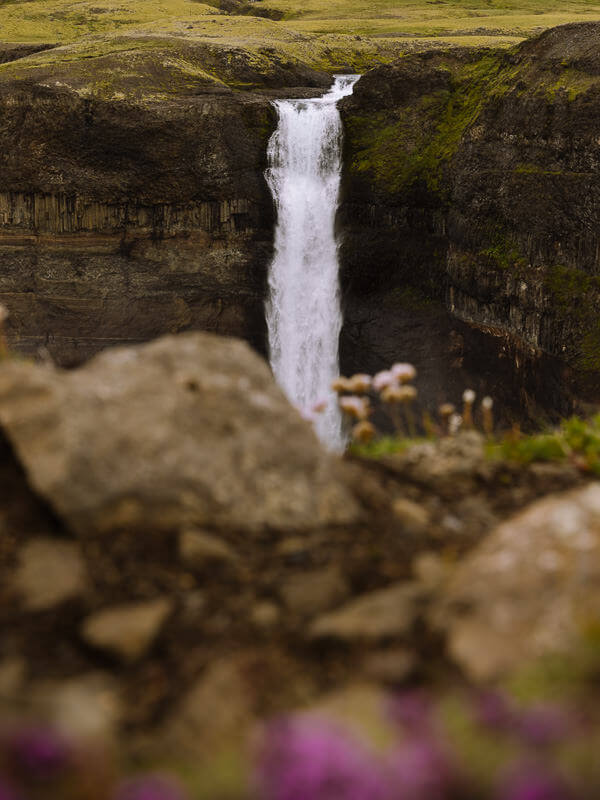Colombia is not the first country most people think of when it comes to ecotourism. This is unusual because it’s arguably one of the best countries for it!
In fact, Colombia has the highest biodiversity on Earth (second only to Brazil). It’s also blessed with a geography that encompasses a wide range of ecosystems.
You’ll find in Colombia both a Caribbean and Pacific coast (which very different from each other), three extensive mountain ranges (including the beginning of the Andes), and landscapes ranging from dry deserts to lush jungles. Oh, not to mention about a third of its surface area is covered by wild and untamed Amazon rainforest.
In the absence of a concerted effort to promote itself as an ecotourism destination (unlike what Costa Rica has done), Colombia can as a whole still be considered a hidden gem for eco- and nature tourism.
1. Minca
This small mountain town was barely on the tourist map just a few years ago, until a new road made it easier to reach. Now it’s the place where you’ll find all manner of ecolodges and eco-hostels with panoramic views of the jungle canopy of the Sierra Nevada National Park.
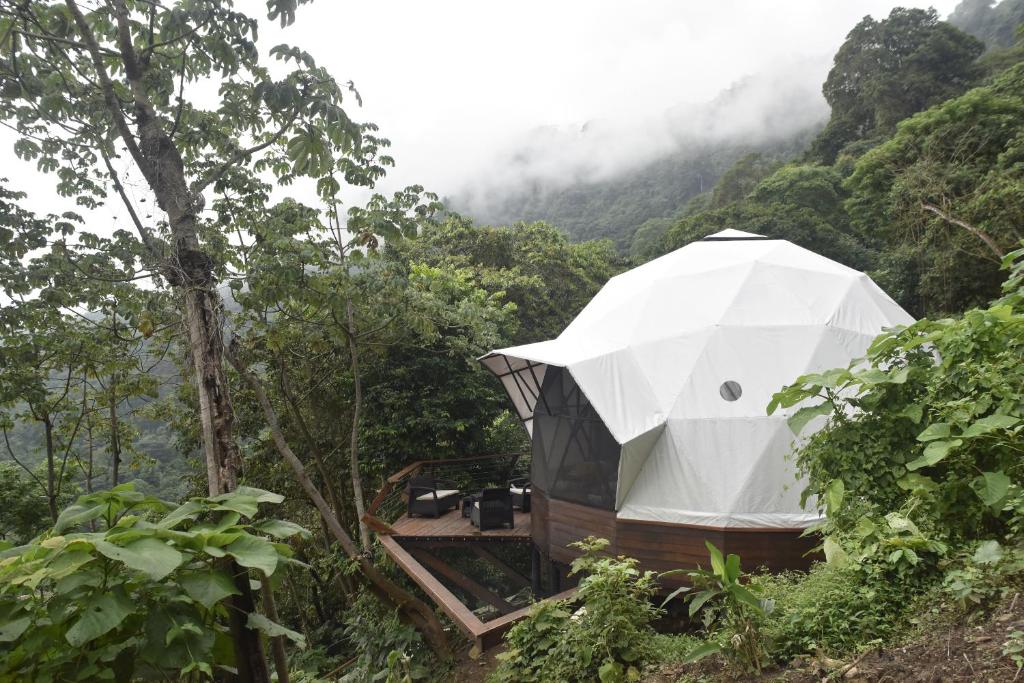
Of all places in Colombia, Minca gets closest to a Bali or Costa Rica-like level of eco accommodation (just not yet as developed). Most are mid-budget hostels though there are several glamping options and luxury jungle lodges as well. Stay at the Sierra Alta Finca Boutique or consider the Trekker Glamping in Minca.
Minca is renowned for its bird-watching. The best bird spotting tour is run by Jungle Joe’s — my guide boasted of having been an ecologist for 50 years. Even though I’m admittedly not much of a birder, my guide’s infectious enthusiasm made it a highly memorable experience, as well as the sheer number of birds we spotted.

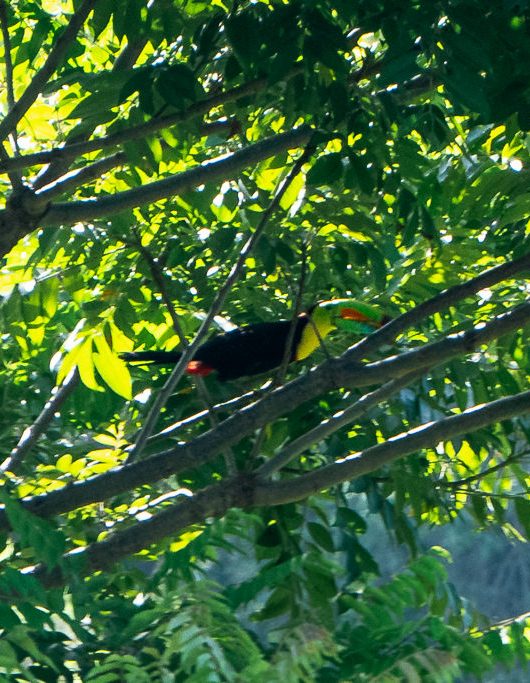
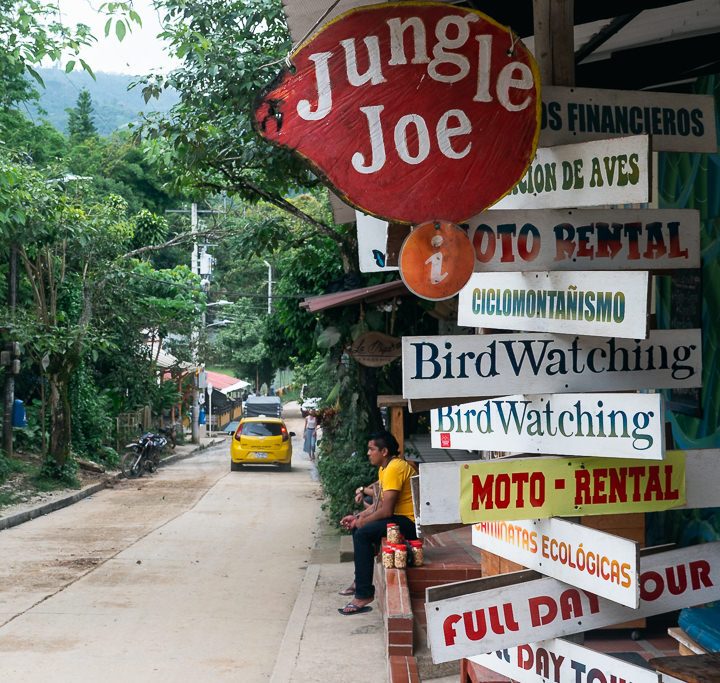
We saw orange-chinned parakeets, blue-headed parrots, groove-billed anis, red-crowned woodpeckers, white-lined tanagers, goldfinches, numerous flycatchers, and numerous hummingbirds as well. (I know these names will mean more to some than they do to me!) The final minutes of our walk even rewarded us with a glorious sighting of a toucan (a first for me).
Besides the excellent bird-watching, Minca offers many great walking trails, waterfalls, organic coffee farms, and other attractions nearby.
Being both easily accessible from the city of Santa Marta and sufficiently remote, Minca is arguably the easiest and best location for a jungle experience in Colombia.
2. Utria National Park
Utria might just be one of the most underhyped places in Colombia. It’s simply phenomenal yet it feels almost undiscovered.
Located on the Pacific Coast, it does get incredibly rainy here, which keeps beach crowds away. But if you’re looking for raw and unspoiled nature, the Pacific Coast is an absolute must-visit, especially during whale season (July until November).
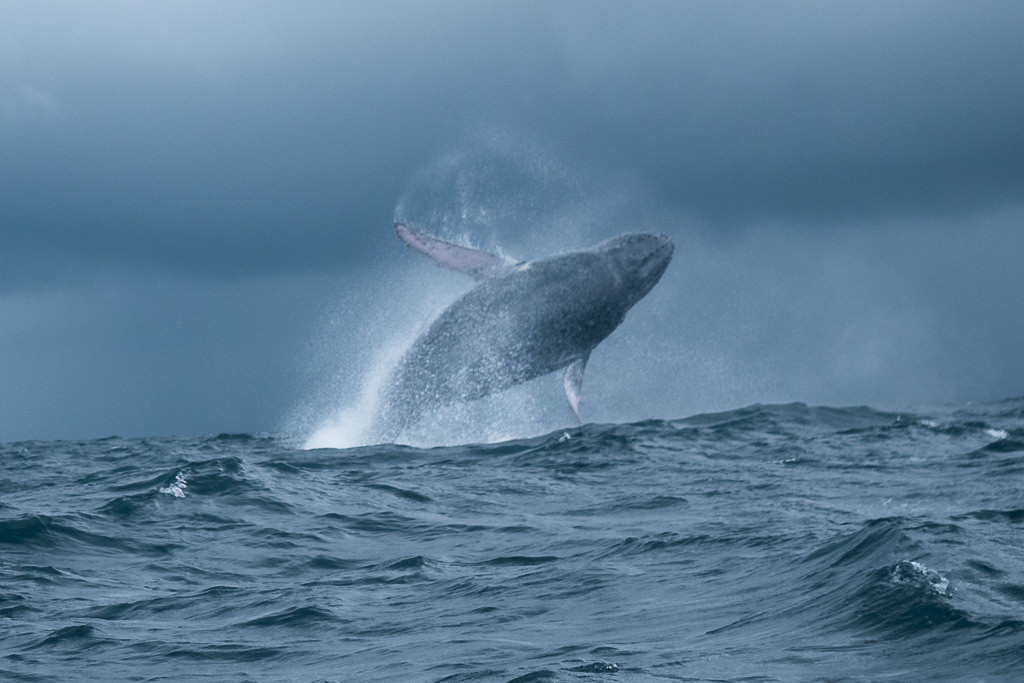

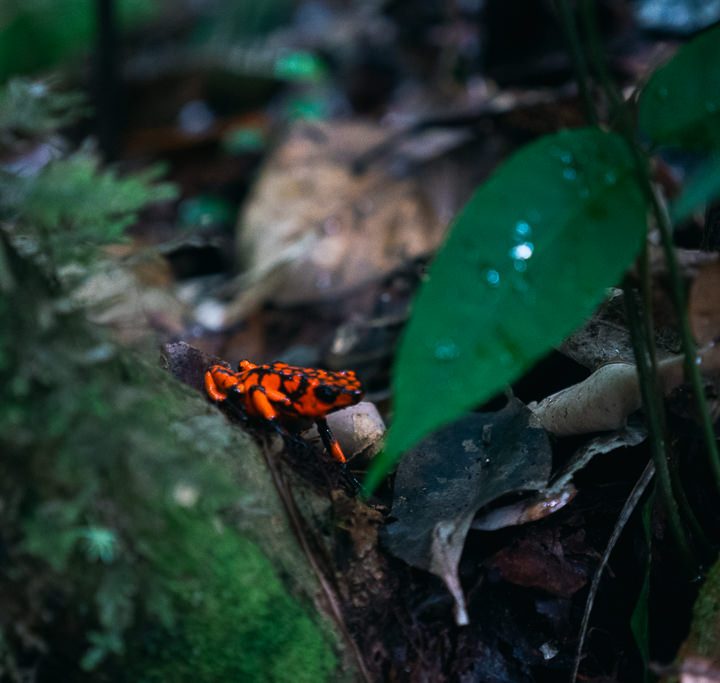
On boat trips along the coast, I saw sea turtles, Mobula rays, and marlin fish poking up above the waters. On deserted beaches, you can spot monkeys swinging from the trees, hermit crabs scattering in your path, and iguanas crawling through the bushes.
The real stars of the show are the humpback whales that migrate here for part of the year. I was stunned by just how many there were, how easy it was to spot them, and how much behavior they displayed (including frequent breaching and jumping).
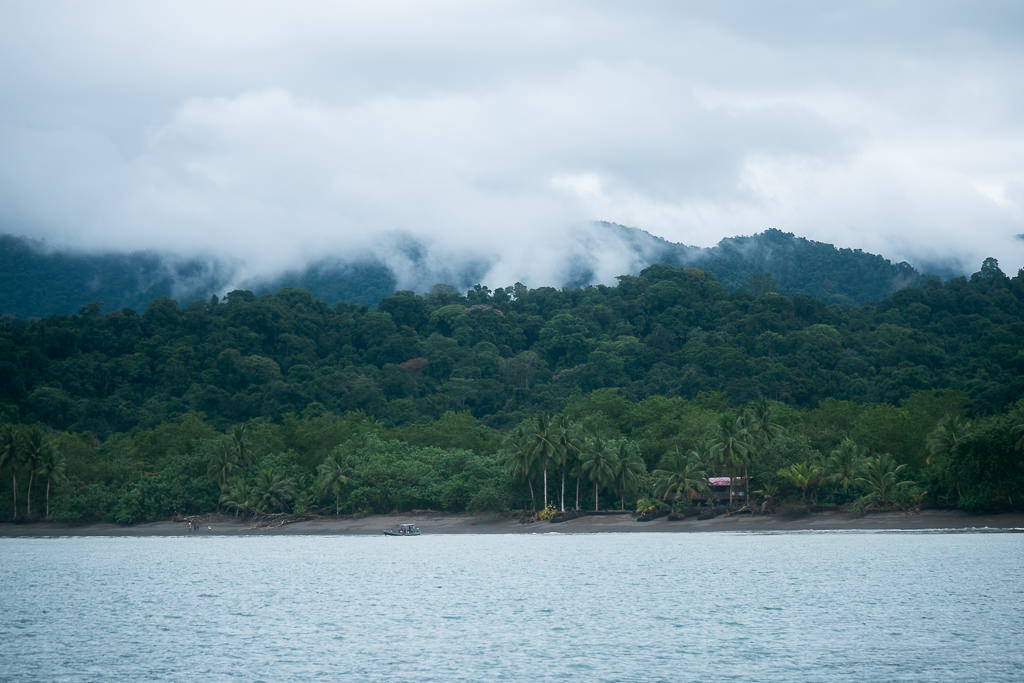
Bahia Solano and Nuqui are the two villages on the Pacific Coast best set up for ecotourism. Do keep in mind these places are remote and unreachable by road, so you’ll have to take a propeller plane from Medellin.
Ecotourism is still in its infancy, so there is little in the way of luxury here; most of the accommodation consists of hostels and simple ecolodges. If that’s alright with you, then you’ll no doubt be amazed by the unspoiled nature in this part of Colombia.
The tour company Madre Agua based in Bahia Solano is run by several passionate Colombian marine biologists and are pioneers in ecotourism in this region. Their whale-watching tours are offered in Spanish and English and I highly recommend them.
3. Los Nevados National Park
Visiting Colombia offers a chance to experience the páramo — a unique, high-altitude ecosystem located only in the Andes of Ecuador, Peru, and Colombia.
There are several areas where this ecosystem can be found, but I will highlight here the national park of Los Nevados, which can be found in the center of the country close to the popular tourist destination of Salento. Not only are the páramo landscapes of interest here, but you can visit several volcanoes, one of which is active.
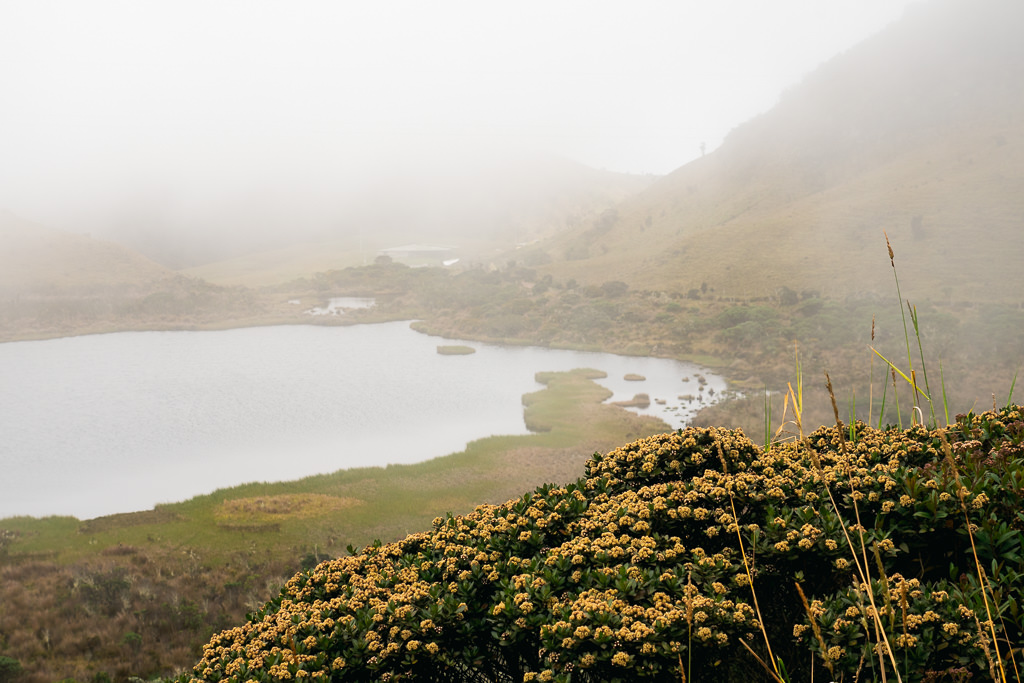
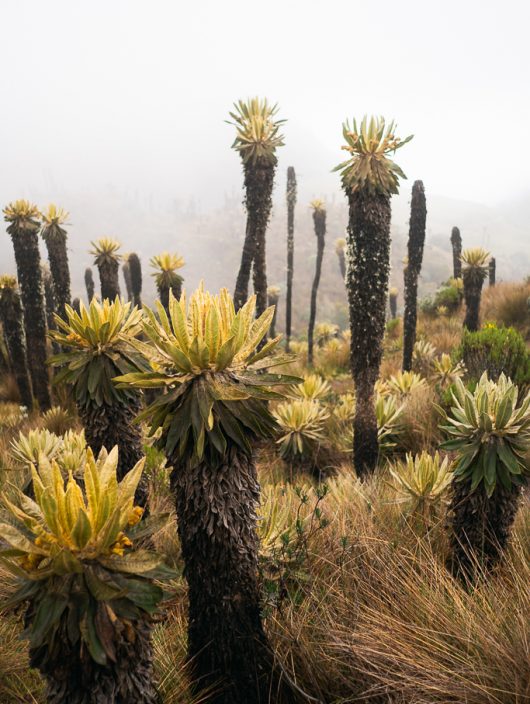

One of the interesting plants you can find on the misty slopes is the frailejones, strange tree-like plants that grow up to 3 meters in height and are distant cousins of the sunflower.
Trekking, biking, or jeep tours of Los Nevados can be easily booked locally. Try Paramotrek based in the town of Salento, or Ecosystemas Travel in the city of Manizales. I did a jeep tour with the latter company and found their guides to be extremely knowledgeable and passionate.
4. Rincon del Mar
About 3 hours south of the colonial old city of Cartagena, this small beach village on the northern coast is appreciated by in-the-know travelers and locals for its friendly atmosphere. It’s a quiet place with Caribbean vibes and without (yet) any large-scale commercialism.
It’s also a very nice spot for a nature experience. Fishermen doing double duty as guides can take you out to sea for a visit to “bird island”, the name of which will be obvious close to sunset when you can witness spectacular displays of pelicans and frigatebirds arriving in flocks as the sky turns orange.
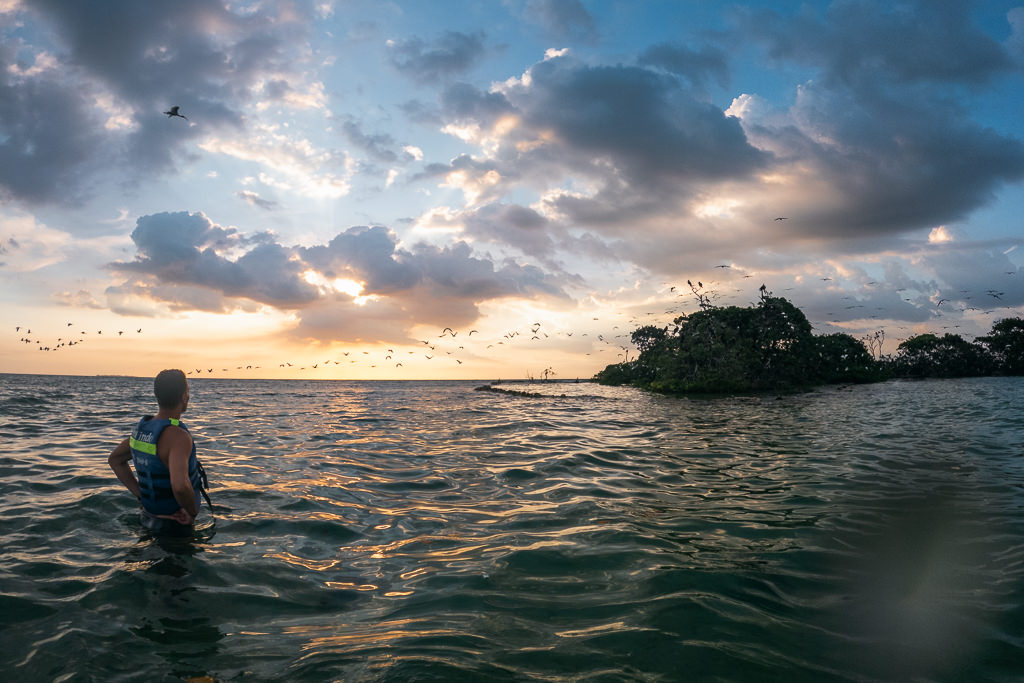
In a lagoon inside a mangrove nearby, you can go for a nightly swim and see bioluminescent plankton sparkle around your hands as you move them through the water. I did this under a moonlit sky while a distant storm lit up the horizon every so often, making it one of my most memorable experiences in Colombia.
Two dive centers organize snorkeling and scuba diving trips to reefs where you can see porcupine fish, moray eels, stingrays, and plenty of other fascinating creatures.
5. Valle del Cocora
Colombia’s national symbol is the wax palm tree. It can be seen in several locations, of which Valle del Cocora near Salento is the most famous.
The trees can grow up to 60 meters or 200 feet tall. In Valle del Cocora, they can be seen dotted around the open fields, bursting up from the ground like sailing masts. Cocora is a great valley for an afternoon of hiking, with a hummingbird and butterfly sanctuary being other attractions along the trail.
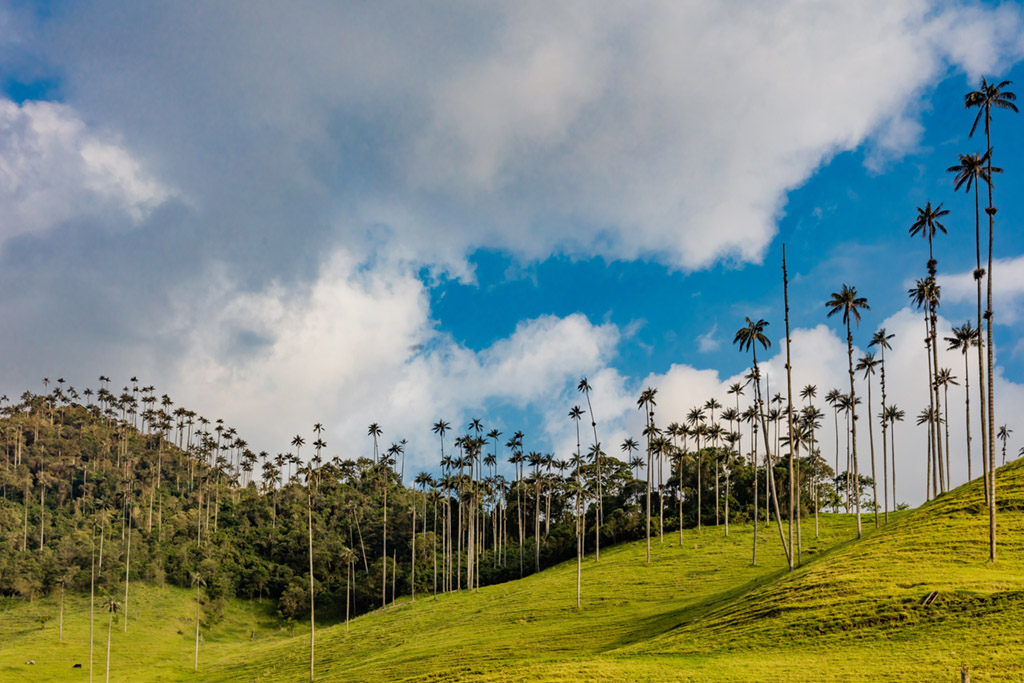
Since word has definitely gotten out about Valle del Cocora, the nearby town of Salento has seen a huge tourism boom, so you won’t be exactly alone here. For a more secluded experience, there are two other valleys where you can see the wax palm tree without any crowds.
They do take slightly more effort to get to, but it’s worth it. For more information, don’t miss my article about these alternatives to Salento.
6. Barbas Bremen Nature Reserve
This protected area is located near the town of Filandia and also not too far from the popular tourist destination of Salento. It offers unique opportunities to spot the Colombian red howler monkey.
I booked a guided trip via my accommodation in Filandia which departed from the El Palacio del Barbas ecolodge. The hike took about three hours, descending into a jungled valley before coming back up on another side. Being on the valley’s slopes with open patches within the jungle provided good vantage points throughout the hike. Although it’s not guaranteed, we were lucky to see a small group of howlers passing by.
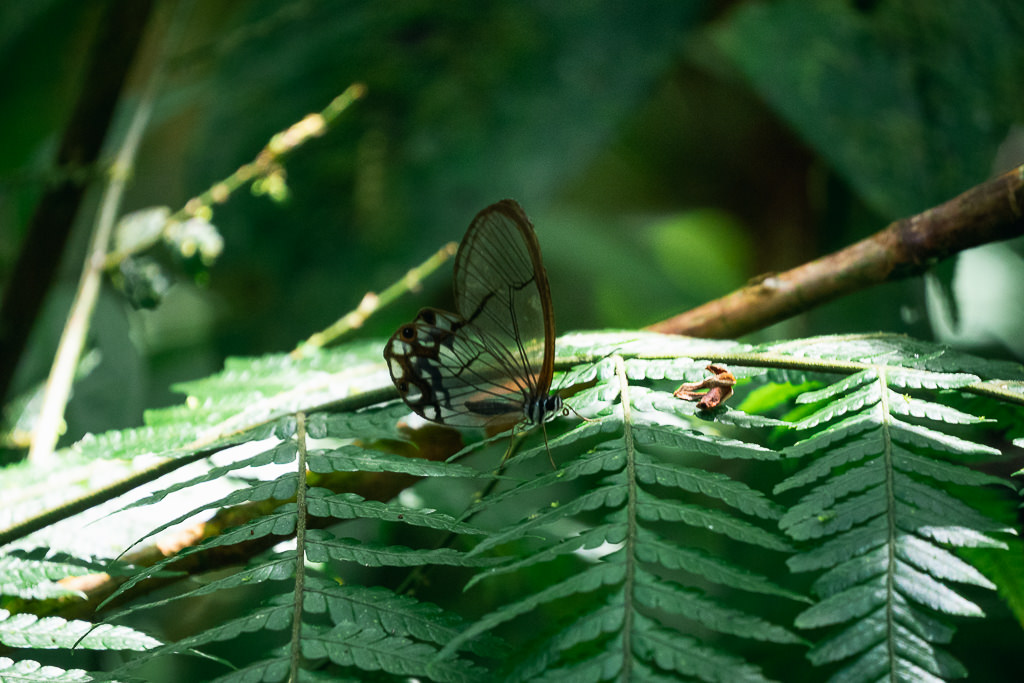
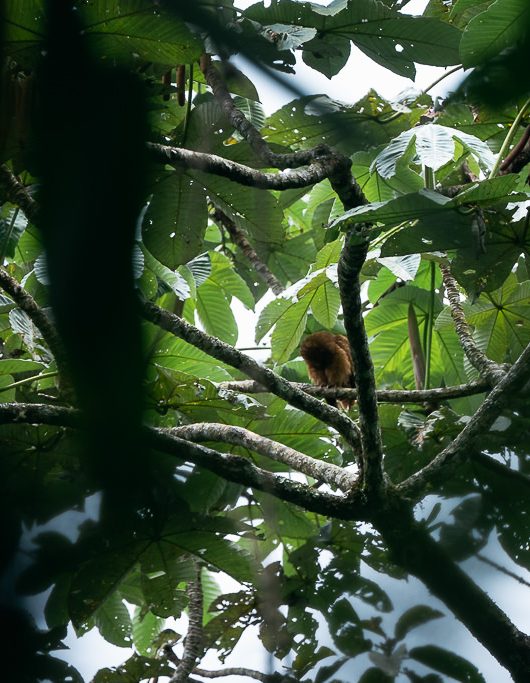
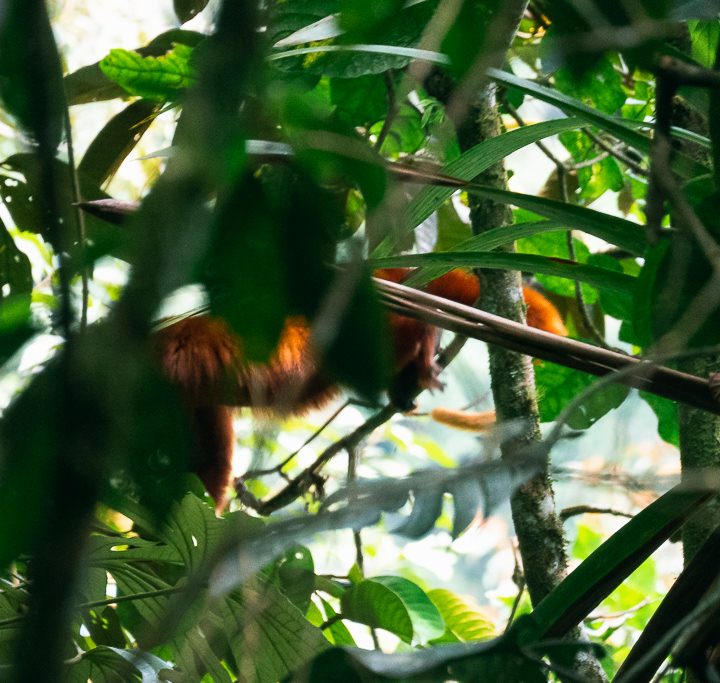
Despite being so close to Salento, the Barbas Bremen Nature Reserve is not so well known, so you can explore it without any crowds.
7. The Amazon Rainforest
Finally, there is of course the Amazon. I must confess that despite traveling in Colombia for 3 months, I missed out on visiting the Amazon, simply because other destinations were vying for my attention. I do plan to tackle it next time I’m there.
The most common entry point is Leticia, which is easily reached by plane from Bogota or Medellin and is on the border with Peru and Brazil. Leticia itself is quite developed and industrial, but the ecotourism takes place mostly in Puerto Nariño, which is about 90km or 55 miles upriver. The tours are not only interesting for the wildlife but also for the cultural element of seeing how people live in the Amazon.
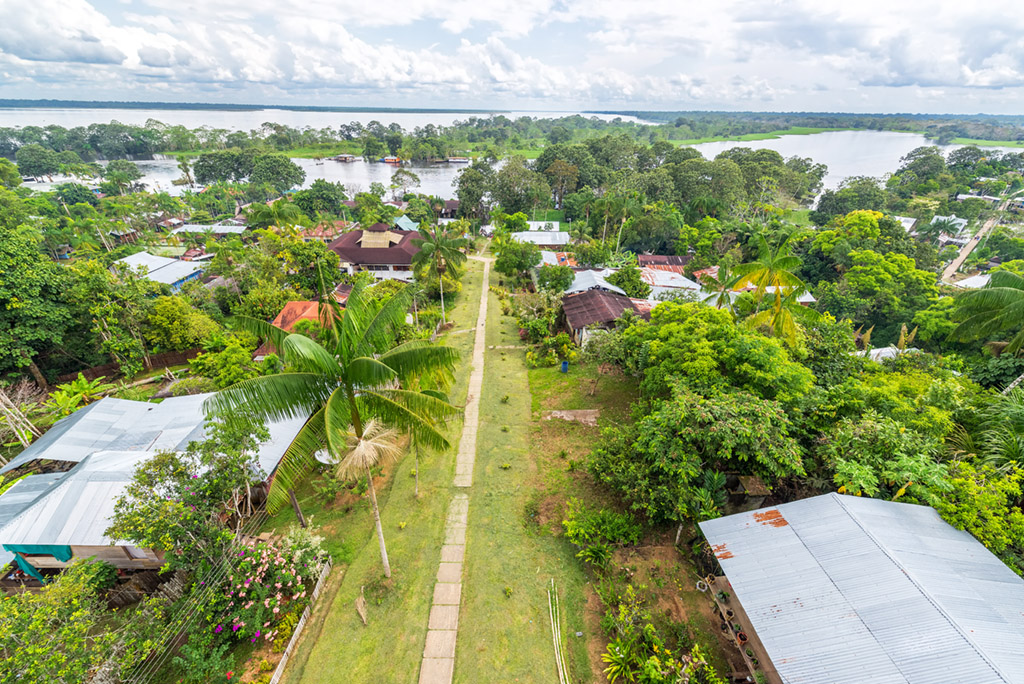
Since the peace accord with the FARC in 2016, new areas of the Amazon have been opening up for tourism. An emerging destination (though still on the frontier of tourism) is San José del Guaviare, which can be reached by air or overland from Bogota. From Guaviare, you can take trips to hidden waterfalls or trek to ancient cave paintings.
Other sights in the Amazon can be visited on organized tours; for example, the Cerros de Mavecure, a set of black rounded hills that pop up above the ever-stretching rainforest. You can book trips to such remote places with reputable local tour operators, such as Sawa Travel or Colombia Oculta.
Some links may be affiliate links, meaning I may earn commission from products or services I recommend. For more, see site policies.
Posted OCT 11, 2022 (Updated Oct 11, 2022)

